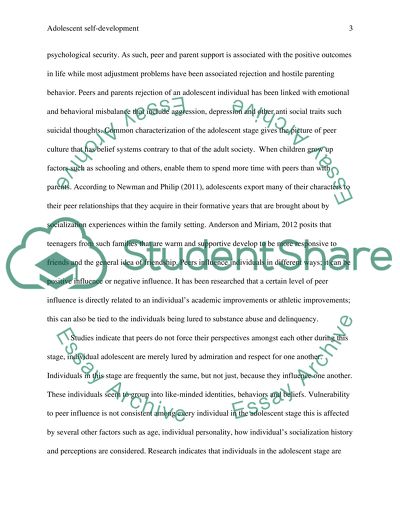Cite this document
(“Adolescent Development: Peer Acceptance or Rejection Essay”, n.d.)
Adolescent Development: Peer Acceptance or Rejection Essay. Retrieved from https://studentshare.org/psychology/1472387-adolescent-development-peer-acceptance-or
Adolescent Development: Peer Acceptance or Rejection Essay. Retrieved from https://studentshare.org/psychology/1472387-adolescent-development-peer-acceptance-or
(Adolescent Development: Peer Acceptance or Rejection Essay)
Adolescent Development: Peer Acceptance or Rejection Essay. https://studentshare.org/psychology/1472387-adolescent-development-peer-acceptance-or.
Adolescent Development: Peer Acceptance or Rejection Essay. https://studentshare.org/psychology/1472387-adolescent-development-peer-acceptance-or.
“Adolescent Development: Peer Acceptance or Rejection Essay”, n.d. https://studentshare.org/psychology/1472387-adolescent-development-peer-acceptance-or.


